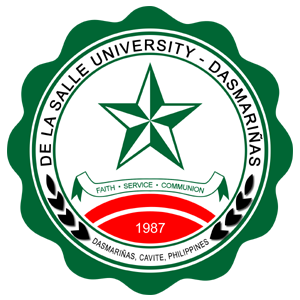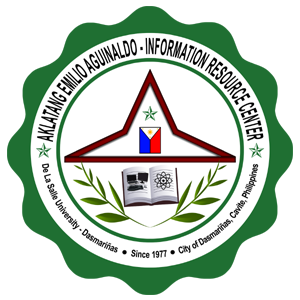MARC details
| 000 -LEADER |
|---|
| fixed length control field |
02528nam a22002177a 4500 |
| 003 - CONTROL NUMBER IDENTIFIER |
|---|
| control field |
OSt |
| 005 - DATE AND TIME OF LATEST TRANSACTION |
|---|
| control field |
20251006124218.0 |
| 008 - FIXED-LENGTH DATA ELEMENTS--GENERAL INFORMATION |
|---|
| fixed length control field |
250815b |||||||| |||| 00| 0 eng d |
| 020 ## - INTERNATIONAL STANDARD BOOK NUMBER |
|---|
| International Standard Book Number |
9781032813691 |
| 040 ## - CATALOGING SOURCE |
|---|
| Transcribing agency |
HS LRC |
| 050 ## - LIBRARY OF CONGRESS CALL NUMBER |
|---|
| Classification number |
TES TA 347.A78 |
| Item number |
.R888 2025 |
| 100 ## - MAIN ENTRY--PERSONAL NAME |
|---|
| Personal name |
Radhika Ranjan Roy |
| 9 (RLIN) |
129673 |
| 245 ## - TITLE STATEMENT |
|---|
| Title |
Networked artificial intelligence : |
| Remainder of title |
AI-enabled 5G Networking / |
| Statement of responsibility, etc. |
Radhika Ranjan Roy. |
| 260 ## - PUBLICATION, DISTRIBUTION, ETC. (IMPRINT) |
|---|
| Place of publication, distribution, etc. |
Oxon : |
| Name of publisher, distributor, etc. |
CRC Press, |
| Date of publication, distribution, etc. |
(c) 2025. |
| 300 ## - PHYSICAL DESCRIPTION |
|---|
| Extent |
xviii, 201p. : |
| Dimensions |
25cm. |
| 504 ## - BIBLIOGRAPHY, ETC. NOTE |
|---|
| Bibliography, etc |
includes bibliography and index. |
| 520 ## - SUMMARY, ETC. |
|---|
| Summary, etc. |
The integration of fifth generation (5G) wireless technologies with distributed artificial intelligence (AI) is transforming network operations. AI is increasingly embedded in all network elements, from cloud and edge to terminal devices, enabling AI to function as a networking system. This convergence facilitates AI-based applications across the global network, with notable successes in various domains such as computer vision, natural language processing, and healthcare. Networked Artificial Intelligence: AI-Enabled 5G Networking a comprehensive framework for the deep integration of computing and communications, optimizing networks and applications as a unified system using AI.<br/><br/>The book covers topics ranging from networked AI fundamentals to AI-enabled 5G networks, including agent modeling, machine learning (ML) algorithms, and network protocol architectures. It discusses how network service providers can leverage AI and ML techniques to customize network baselines, reduce noise, and accurately identify issues. It also looks at AI-driven networks that enable self-correction for maximum uptime and prescriptive actions for issue resolution, as well as troubleshooting by capturing and storing data before network events.<br/><br/>The book presents a comprehensive approach to AI-enabled networking that offers unprecedented opportunities for efficiency, reliability, and innovation in telecommunications. It works through the approach’s five steps of connection, communication, collaboration, curation, and community. These steps enhance network effects, empowering operators with insights for trusted automation, cost reduction, and optimal user experiences. The book also discusses AI and ML capabilities that enable networks to continuously learn, self-optimize, and predict and rectify service degradations proactively, even with full automation. |
| 546 ## - LANGUAGE NOTE |
|---|
| Language note |
in English. |
| 650 ## - SUBJECT ADDED ENTRY--TOPICAL TERM |
|---|
| Topical term or geographic name as entry element |
Computer |
| General subdivision |
Artificial intelligence. |
| 9 (RLIN) |
129919 |
| 942 ## - ADDED ENTRY ELEMENTS (KOHA) |
|---|
| Source of classification or shelving scheme |
Library of Congress Classification |
| Koha item type |
TESDA Books |










